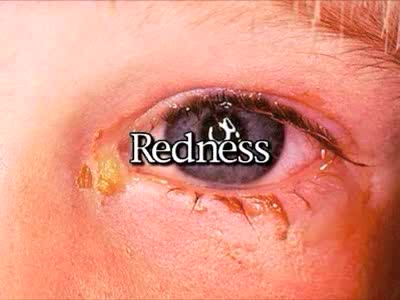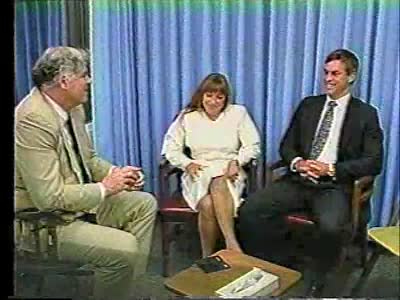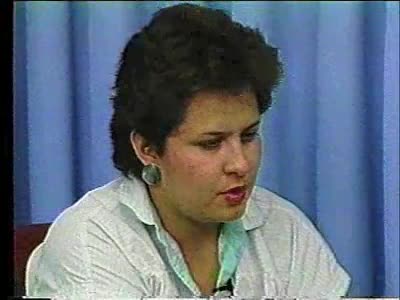Deafness Culture
By: Administrator
Date Uploaded: 05/02/2019
Tags: Deafness
Attachments: image.png (12KB) image.png (46KB) image.png (46KB) image.png (28KB)
Deaf culture is the set of social beliefs, behaviors, art, literary traditions, history, values, and shared institutions of communities that are influenced by deafness and which use sign languages as the main means of communication. When used as a cultural label especially within the culture, the word deaf is often written with a capital D and referred to as "big D Deaf" in speech and sign. When used as a label for the audiological condition, it is written with a lower case d. Carl G. Croneberg coined the term of "Deaf Culture" and he was the first to discuss analogies between Deaf and hearing cultures in his appendices C/D of the 1965 Dictionary of American Sign Language. Members of the Deaf community tend to view deafness as a difference in human experience rather than a disability or disease. Many members take pride in their Deaf identity. Deaf people, in the sense of a community or culture, can then be seen as a minority group, and therefore some who are a part of this community may feel misunderstood by those who don't know sign language. Another struggle that the Deaf community often faces is that educational institutions usually consist primarily of hearing people. Additionally, hearing family members may need to learn sign language in order for the deaf person to feel included and supported. Unlike some other cultures, a deaf person may join the community later in life, rather than needing to be born into it. Cochlear Implant - A surgically implanted device used by Deaf and hard-of-hearing people to improve hearing. There are several perspectives on deaf people and Deaf culture that shape their treatment and role in society. From a medical standpoint, many encourage Deaf children to undergo surgery. Especially in the past, the medical perspective discouraged the use of sign language because they believed it would distract from development of auditory and speech skills. From a social standpoint, Deaf individuals are welcomed to participate in society in the same manner as any other individual. This view discourages the idea that those who are deaf or hard-of-hearing are sick and in need of a cure. The social view also encourages making accommodations for deaf people so that they can fully participate in society. Such accommodations include the use of interpreters or improved closed captioning systems. Many feel, however, that the social view fails to recognize the unique qualities of Deaf people and Deaf culture. They believe that this perspective asks Deaf people to fit and find their own way in a predominantly hearing society, instead of recognizing their own abilities and culture. Another perspective is referred to as the cultural-linguistic view. Supporters of Deaf Culture state that this perspective appropriately recognizes Deaf people as a minority culture in the world with their own language and social norms. This standpoint is believed to promote Deaf people's right to collective space within society to pass on their language and culture to future generations. Being involved in the Deaf community and culturally identifying as Deaf has been shown to significantly contribute to positive self-esteem in Deaf individuals. The community can provide support, easy social interaction, and "refuge from the grinding frustrations of the hearing world." Conversely, Deaf individuals who are not a part of the Deaf community may not have the same support in the hearing world, resulting in lower self-esteem. Stereotypes, lack of knowledge, and negative attitudes about Deafness cause widespread discrimination. This could lead to a lower education and economic status for deaf people. The community may include hearing family members of deaf people and sign-language interpreters who identify with Deaf culture. It does not automatically include all people who are deaf or hard-of-hearing. As educator and American Sign Language interpreter Anna Mindess writes, "it is not the extent of hearing loss that defines a member of the deaf community but the individual's own sense of identity and resultant actions." As with all social groups that a person chooses to belong to, a person is a member of the Deaf community if he/she "identifies him/herself as a member of the Deaf community, and other members accept that person as a part of the community." Deaf culture is recognized under Article 30, Paragraph 4 of the United Nations Convention on the Rights of Persons with Disabilities, which states that "Persons with disabilities shall be entitled, on an equal basis with others, to recognition and support of their specific cultural and linguistic identity, including sign languages and deaf culture." Sustained noise over 85 decibels (db, dB) can cause permanent hearing loss. Risk doubles with each 5-decibel increase. About 2 in every 10 teens have lost some of their hearing ability from exposure to noise and are not aware of it. 17% of middle and high school students have some hearing loss. High-pitched sounds are the first to be affected by noise exposure. As hearing loss progresses, a person can start to have difficulty hearing, particularly when there is background noise. Excessive noise can permanently damage the hair cell sensory receptors of the organ of Corti. These receptors are instrumental in transmitting sound to the brain.
Add To
You must login to add videos to your playlists.
Advertisement











Comments
0 Comments total
Sign In to post comments.
No comments have been posted for this video yet.